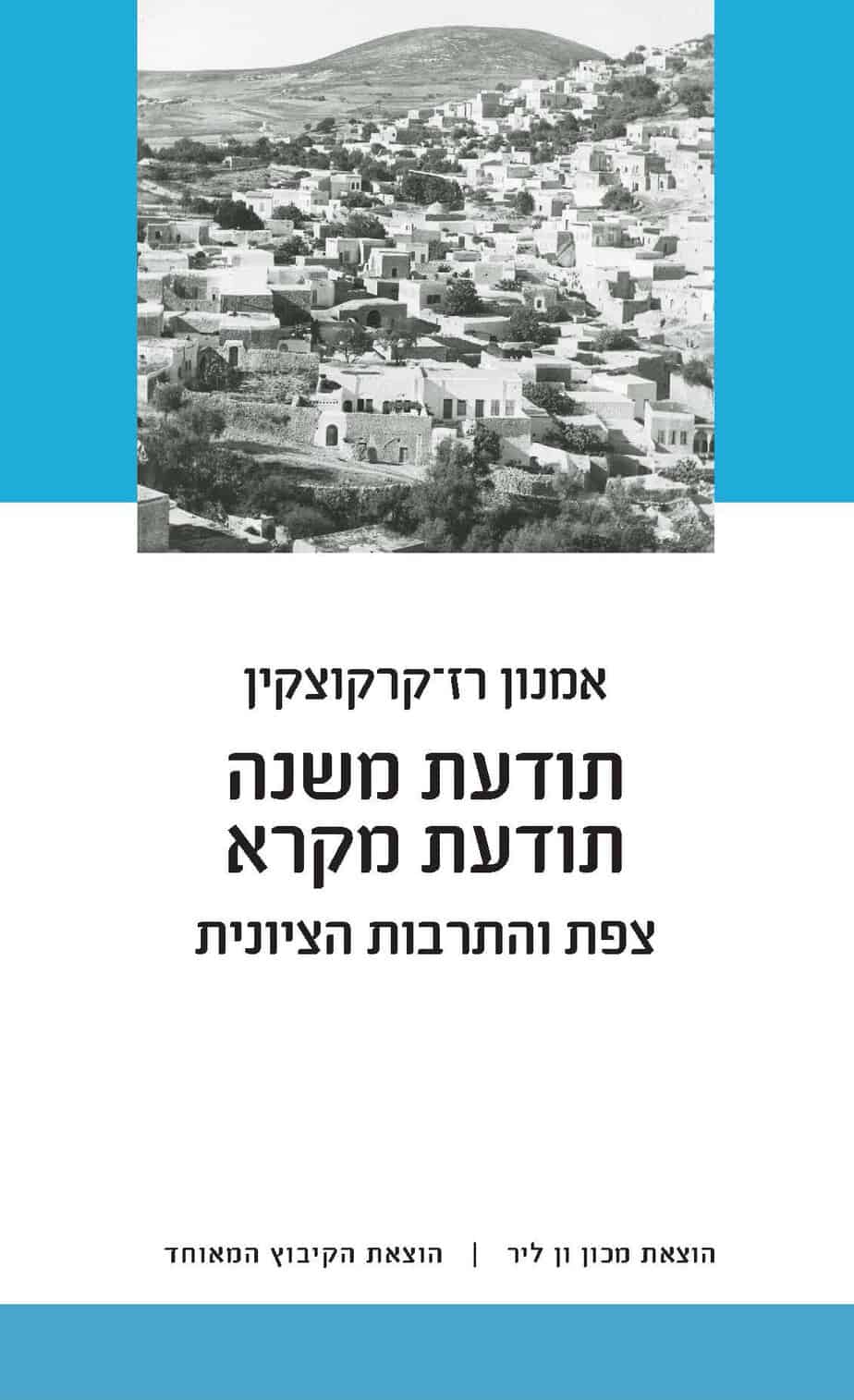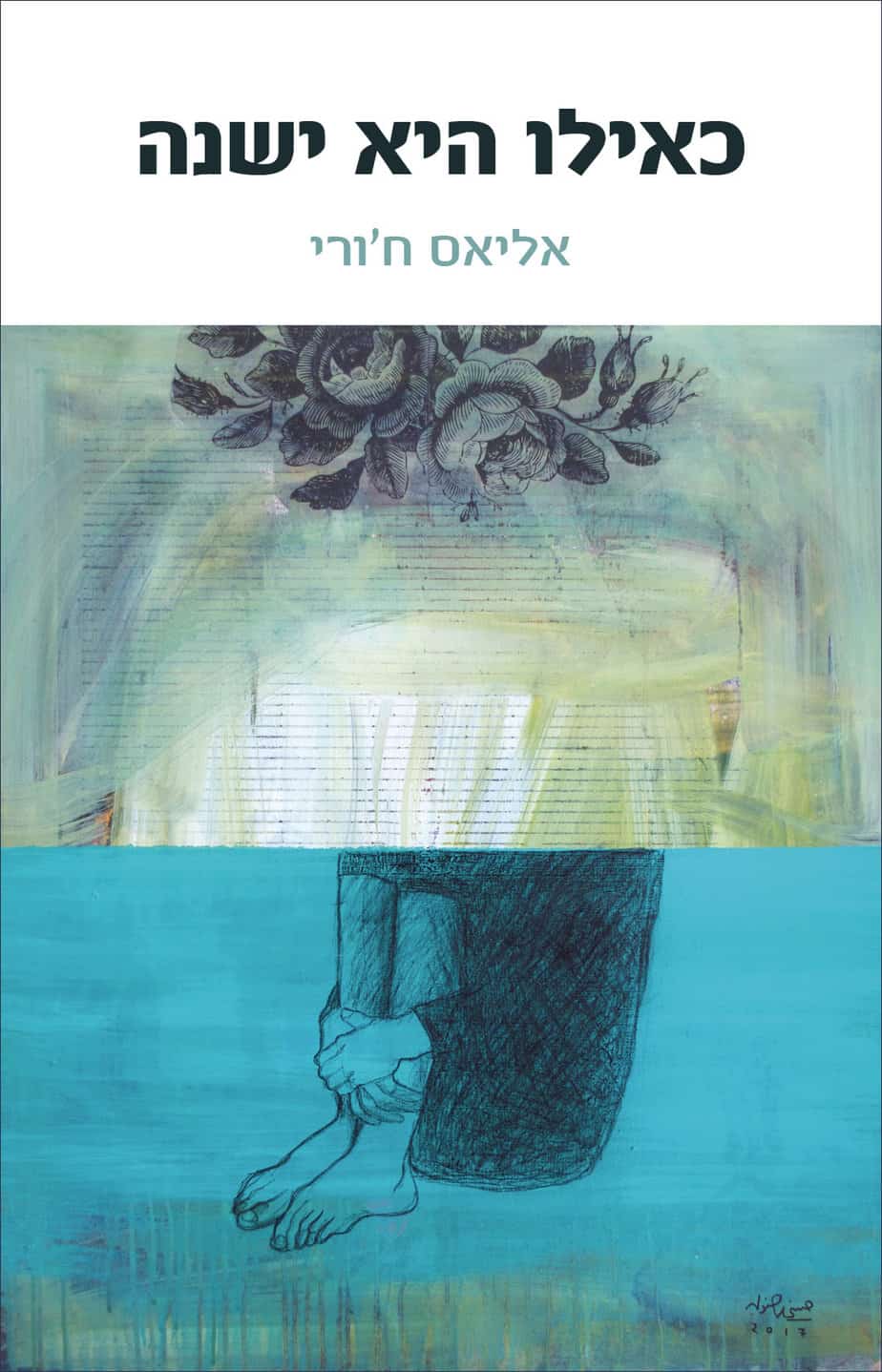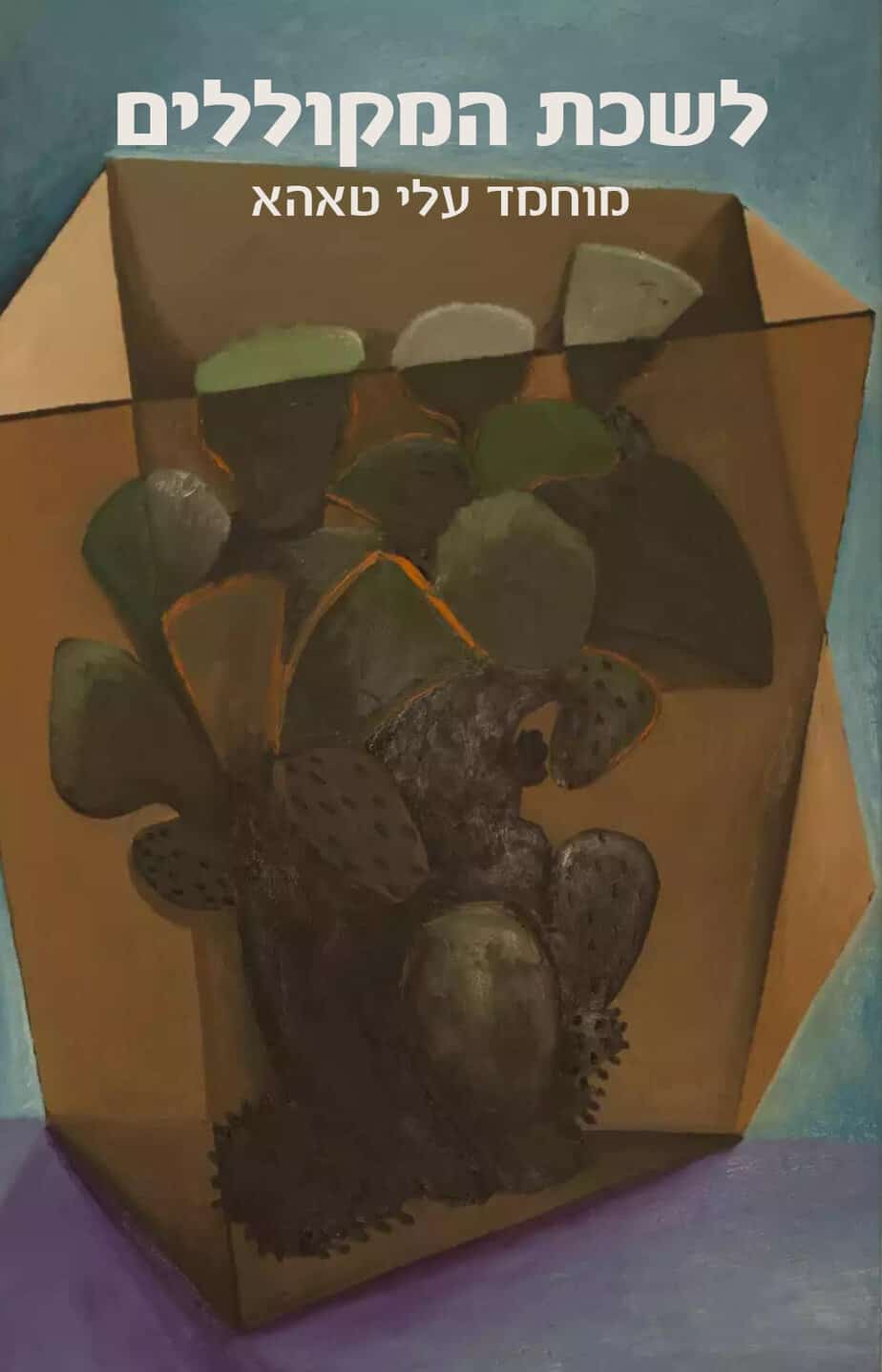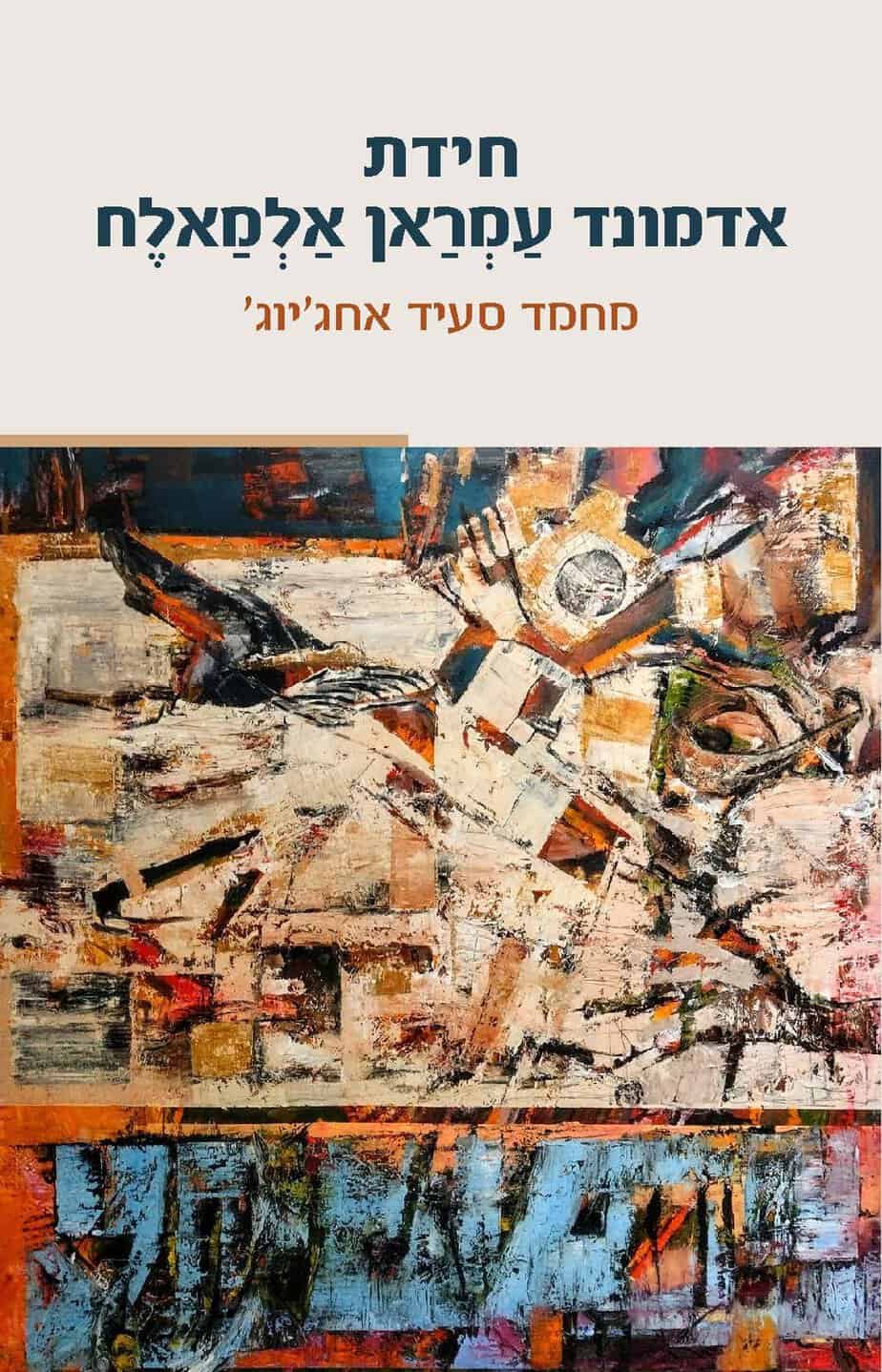Mishna Consciousness, Biblical Consciousness
Safed and Zionist Culture
| By | Amnon Raz-Krakotzkin |
| Publisher | Van Leer Institute Press & Hakibbutz Hameuchad |
| Language | Hebrew |
| Year of Publication | 2022 |
| Series | Theory and Criticism in Context Series |
In the sixteenth century, mainly after the Ottomans’ gained control of the Land of Israel, a group of venerable Jewish personages assembled in Safed. They included Rabbi Joseph Caro, author of the “Shulchan Aruch;” The Holy Ari, Rabbi Isaac Luria and his disciple, Rabbi Chaim Vital; Rabbi Moshe Cordovero; Rabbi Shlomo Alkabetz; and the great liturgical poet, Rabbi Yisrael Najara. These figures, each in his own way, reshaped Jewish culture and tradition for the following generations. It was a formative historical moment, an unusual, albeit brief, blossoming. Nevertheless, modern Jewish historical consciousness, and especially Israeli collective memory, have a reserved and ambivalent attitude toward Safed, and even disregard it. The rejection of historical Safed is intertwined with a rejection of its legacy, even though this legacy continues to exist in the world of many Jews.
The book “Mishna Consciousness, Biblical Consciousness: Safed and Zionist Culture” examines the consciousness of the sixteenth-century settlers in Safed in relation to modern Zionist consciousness and presents them as two theological-political models of settlement in the Land of Israel: one is based on the Mishna and the other on the Hebrew Bible. The personages of Safed turned to the Land of Israel of the period following the destruction of the Temple and sought to connect to the Tana’im—first and foremost to Rabbi Shimon bar Yochai, author of the Zohar. Zionism, in contrast, set its sights on the period of the conquest and settlement, especially of Joshua and the Judges, in line with the modern Western Christian approach. The book does not present Safed as an alternative to Zionism, but rather uses it as a mirror for an inquiry into such concepts as nationalism, secularization, and tradition. The focus on Safed and the attitude toward it, the book argues, offers an opening for a reformulation of modern culture in general, and Jewish Israeli culture in particular.
Prof. Amnon Raz Krakotzkin teaches in the Department of Jewish History at Ben-Gurion University of the Negev. His studies include the history of printing in the modern era and Zionist historical consciousness. His book “The Censor, the Editor, and the Text” (Magnes, 2006) won the Zalman Shazar Award for Research in Jewish History.




